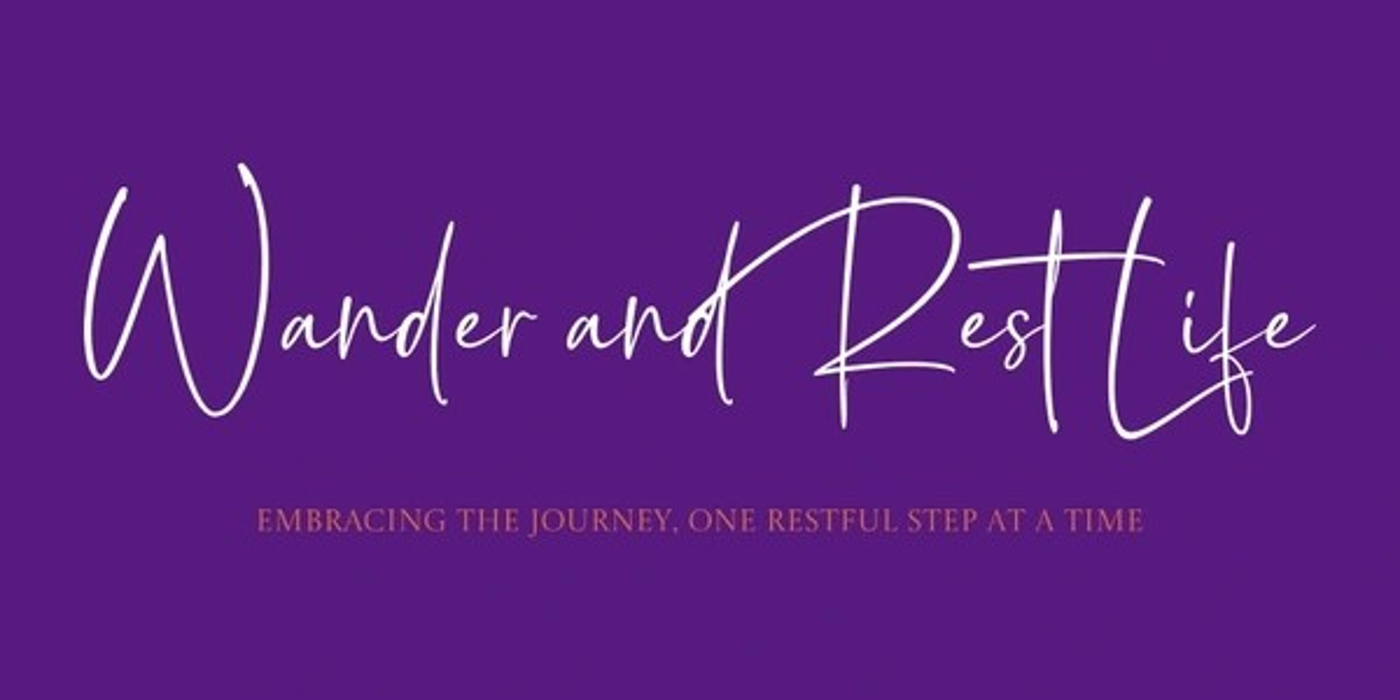When I was finally diagnosed with fibromyalgia, it felt like the end of a long, exhausting road. For years, I had been passed from doctor to doctor, with no real answers—just questions and frustration. The turning point came when I met my last MSK (Musculoskeletal) doctor.
He was someone I had never met before, yet he did something no one else had done: he connected the dots. As he went through my medical history, he pointed out all the places where pain had ruled my life—my back, neck, legs, knees, wrists. He looked at me and asked, “Have you ever heard the term fibromyalgia?” Of course, I hadn’t. I’d spent years thinking I was just falling apart for no reason.
That’s when he handed me a checklist—a fibromyalgia checklist. Let’s be honest, for me, it was nearly completely ticked off. It was like looking at a summary of my life written in symptoms. In that moment, I realized this doctor not only understood my pain but also believed me. That was a moment I won’t forget.
What Causes Fibromyalgia?
The exact cause of fibromyalgia remains a mystery, but researchers have some ideas. They believe it has to do with how the brain and nervous system process pain signals. It’s as if the body’s pain alarm gets stuck on high alert, making even minor aches feel unbearable.
Here are a few potential triggers researchers have identified:
• Trauma: Physical or emotional trauma can sometimes trigger fibromyalgia.
• Illness: Certain infections or illnesses may act as a catalyst.
• Genetics: If fibromyalgia runs in your family, your risk may be higher.
In my case, I don’t think there was one big trigger. Looking back, I think it built up over a decade of stress, physical strain, and my body not getting the chance to recover. Everyone’s story is different, which is why fibromyalgia can be so hard to understand.
Common Symptoms of Fibromyalgia
Fibromyalgia doesn’t just come with one or two symptoms—it’s a full-body experience, and not in a good way. While everyone experiences it differently, here are the most common symptoms:
• Widespread Pain: A deep, aching pain that feels like it’s coming from everywhere. Even light touches can hurt, thanks to something called “hyperalgesia.”
• Fatigue: Imagine feeling like you’ve run a marathon, even though you’ve just woken up. That’s the kind of exhaustion fibromyalgia can bring. Sleep doesn’t seem to help, leaving you feeling drained and out of energy.
• Fibro Fog: If you’ve ever walked into a room and forgotten why you’re there, imagine that happening all the time. Concentrating, remembering, and staying focused can feel like an uphill battle.
• Sensitivity to Touch: Things that should feel comforting—like a hug or soft clothing—can sometimes feel uncomfortable or even painful.
• Sleep Issues: Fibromyalgia can make it hard to fall asleep, stay asleep, or feel rested when you wake up. It’s like your body just can’t recharge.
• Stiffness and Aches: Waking up stiff and sore is a common experience, as if your body’s been in a wrestling match overnight.
• Headaches and Migraines: These can range from mild to debilitating and often add another layer to the daily struggle.
• Digestive Problems: Many people with fibromyalgia also deal with irritable bowel syndrome (IBS), which can bring bloating, cramping, and discomfort.
• Heightened Sensitivities: Bright lights, loud noises, and even changes in temperature can feel overwhelming.
Fibromyalgia is like that one houseguest who overstays their welcome, disrupts everything, and refuses to leave. But understanding the symptoms can be the first step in learning how to manage it.
Living with fibromyalgia isn’t easy, and everyone’s journey is different. For me, getting diagnosed was a bittersweet moment. On one hand, I finally had a name for what I was going through. On the other hand, I realized that this was something I’d be living with long-term.
But here’s the thing: while fibromyalgia can make life incredibly challenging, it doesn’t define you. With the right tools, support, and mindset, it’s possible to find ways to live a full and meaningful life—even with the pain.
If you’ve made it this far, thank you for taking the time to learn more about fibromyalgia. Whether you’re living with it yourself or trying to understand a loved one’s experience, your willingness to learn is an incredible act of compassion. Let’s keep the conversation going—you’re not alone in this journey.


